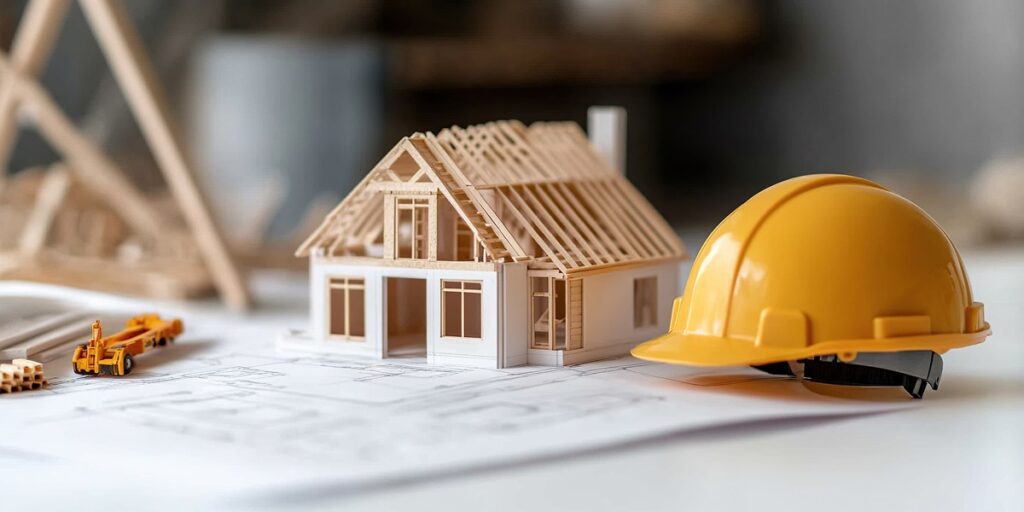A new report from the Home Builders Institute (HBI), in collaboration with the National Association of Home Builders (NAHB), examines the economic impact of the skilled labor shortage on home building nationwide. The findings conclude that the skilled labor shortage’s impact on the residential construction industry is a multibillion-dollar annual challenge that is responsible for the lost production of thousands of newly built homes.
Commissioned by HBI and conducted by the University of Denver, the study’s findings were supplemented with an analysis by NAHB to provide a comprehensive view of the far-reaching implications of this critical workforce challenge.
Data indicates that as home builders face higher construction costs and prolonged building times, the supply of new homes falls, exacerbating the housing affordability crisis, and hindering economic growth.
As the demand for new homes continues, the availability of a skilled workforce has become a critical factor influencing the pace and cost of construction. By quantifying the operational and financial implications of these labor constraints, the study seeks to provide a detailed and data-driven understanding of how workforce shortages are reshaping the housing sector.
“The Skilled Labor Shortage and America’s Housing Crisis: How the Skilled Labor Shortage Impacts Building Costs and Cycle Times” highlights several crucial findings:
- Annual Economic Impact: The study estimates an aggregate economic impact of $10.806 billion per year due to longer construction times associated with the skilled labor shortage.
- Higher Carrying Costs: The direct cost impact of extended construction times amounts to $2.663 billion annually.
- Lost Production: The shortage has led to a reduction of approximately 19,000 single-family homes not built in 2024, representing an economic loss of $8.143 billion.
- Incremental Construction Time: The unweighted average increase in construction time due to the labor shortage is 1.98 months, with smaller builders experiencing an even greater delay.
“The Home Builders Institute (HBI) is proud to be part of the solution to the nation’s skilled labor shortage,” said HBI President and CEO Ed Brady. “Through hands-on training programs and industry-recognized certifications, HBI is equipping the next generation of construction professionals with the skills needed to meet growing demand. As our graduates enter the workforce, they help fill critical labor gaps—strengthening the residential construction industry, and contributing to lower housing costs across the country.”
For the report, home builders were asked several questions, including:
- How does the lack of labor affect housing affordability?
- What are the labor shortage and recruitment challenges?
- How does the lack of labor affect the construction costs of a project?
- How does the lack of labor affect the cycle time of a project?
- Client communication of cost and pricing?
- What long-term strategies are being utilized to mitigate labor shortages?
- What are industry-wide perspectives and future outlooks?
- Final thoughts on labor shortage?
Dr. Robert Dietz, NAHB Chief Economist stated, “This study underscores the urgent need for strategic interventions to address the skilled labor shortage. The economic implications are vast, affecting not only the home building industry but also the broader economy.”
The report found that labor costs have risen dramatically across builder segments, with wages nearly doubling in some trades. Small and medium builders report skilled trade wages increasing 40-50%, while large builders face 20-30% increases. These elevated labor costs are a persistent feature rather than a temporary spike, creating what many describe as a “new normal” in construction labor markets.
“Our research provides a clear picture of the challenges faced by home builders due to labor shortages,” said Dr. Eric Holt, University of Denver. “It’s imperative that we work together to find solutions that will enhance workforce development and support the construction industry.”
Click here for more on the report, “The Skilled Labor Shortage and America’s Housing Crisis: How the Skilled Labor Shortage Impacts Building Costs and Cycle Times.”




